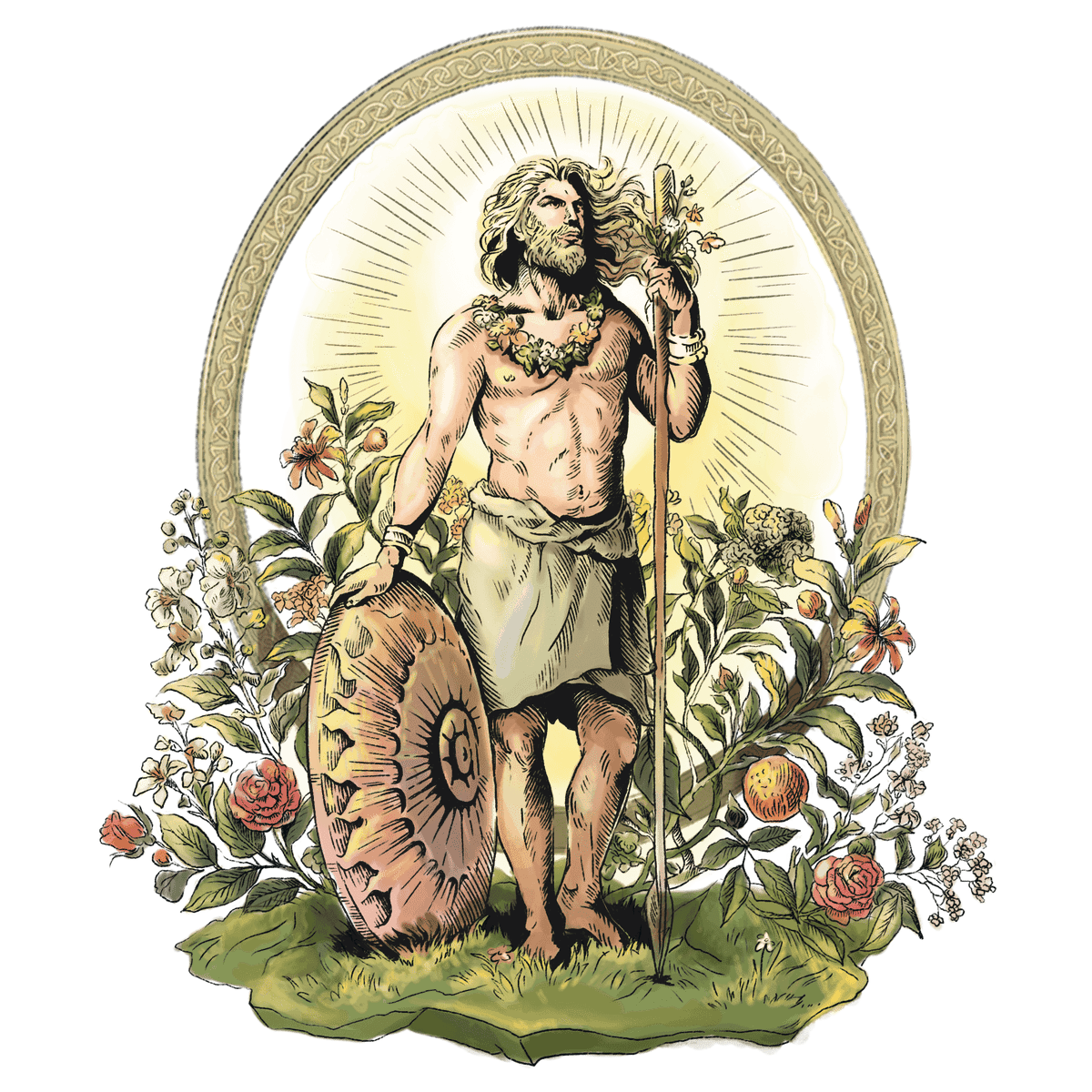
Balder – the god of light, purity and justice
Balder is one of the most beloved and respected gods in Norse mythology. He is associated with light, beauty, wisdom, and justice, and his death marks one of the most fateful events in the history of the gods. As the son of Odin and Frigg, he is one of the most prominent Æsir, and his pure nature and flawless character made him loved by both gods and humans. However, Balder’s fate is tragic—his death foretells Ragnarok, the end of the world, making him one of the most symbolic figures in mythology.
Balder’s Origin and Affiliation
Balder is mentioned in several key sources, including The Poetic Edda and The Prose Edda, where he is described as the most beautiful and radiant of all gods. According to Gylfaginning in The Prose Edda, Balder shines with a light so strong that it almost emanates from him.
Balder resides in Breidablik, a place in Asgard described as the purest and most beautiful of all locations. He is married to Nanna, and together they have a son, Forseti, who later becomes the god of law and justice.
Balder’s Dreams and Frigg’s Attempt to Protect Him
Balder begins to have nightmares about his own death. His mother, Frigg, becomes worried and travels the world to make all things swear not to harm him—except for the mistletoe, which she considers harmless.
Balder’s Death – Loki’s Deception
Loki crafts an arrow from mistletoe and tricks Höðr, Balder’s blind brother, into shooting it at Balder during a game in Asgard. The arrow’s power kills Balder instantly, leaving the gods in deep mourning.
Balder’s Journey to Hel and Hermod’s Attempt to Bring Him Back
Balder is sent to Helheim, where Hel agrees to release him if all things weep for him. Everything mourns—except for Thökk (believed to be Loki in disguise), and thus, Balder must remain in Helheim.
Balder’s Role in Ragnarok and the New World
After Ragnarok, Balder returns as one of the new gods in the reborn world, symbolizing the resurrection of light and wisdom.
Balder in Historical and Archaeological Findings
Although there are few archaeological findings related to Balder, he has parallels with other European light deities, indicating his deeper symbolic significance.
Balder in Modern Times
Balder frequently appears in modern books, films, and games, where he represents a tragedy and rebirth. His story of the death of light and its return makes him one of the most iconic figures in Norse mythology.
Conclusion
Balder is one of the most significant figures in Norse mythology. He is not just a god of light but a symbol of justice, innocence, and rebirth. His death foretells Ragnarok, but his return marks a new beginning.

